Is it possible to find elements inside the Shadow DOM with python-selenium?
Example use case:
I have this input with type="date":
<input type="date" name="bday">And I'd like to click the date picker button on the right and choose a date from the calendar.
If you would inspect the element in Chrome Developer Tools and expand the shadow-root node of the date input, you would see the button is appearing as:
<div pseudo="-webkit-calendar-picker-indicator" id="picker"></div>
Screenshot demonstrating how it looks in Chrome:

Finding the "picker" button by id results into NoSuchElementException:
>>> date_input = driver.find_element_by_name('bday')
>>> date_input.find_element_by_id('picker')
...
selenium.common.exceptions.NoSuchElementException: Message: no such element
I've also tried to use ::shadow and /deep/ locators as suggested here:
>>> driver.find_element_by_css_selector('input[name=bday]::shadow #picker')
...
selenium.common.exceptions.NoSuchElementException: Message: no such element
>>>
>>> driver.find_element_by_css_selector('input[name=bday] /deep/ #picker')
...
selenium.common.exceptions.NoSuchElementException: Message: no such element
Note that I can change the date in the input by sending keys to it:
driver.find_element_by_name('bday').send_keys('01/11/2014')
But, I want to set the date specifically by choosing it from a calendar.
